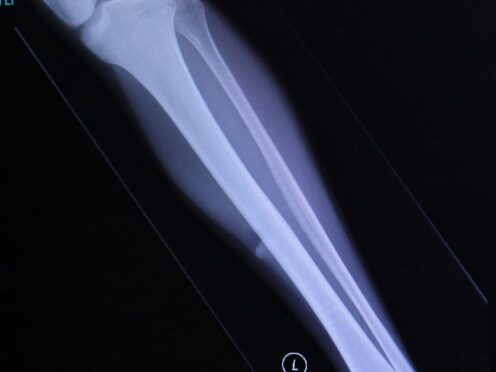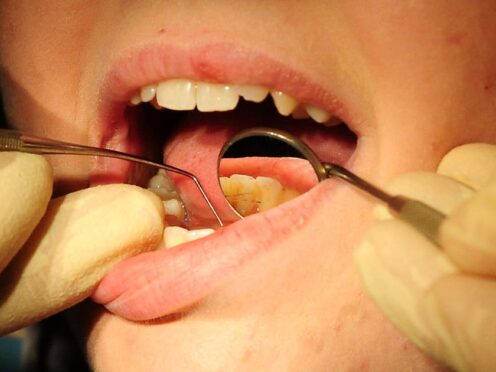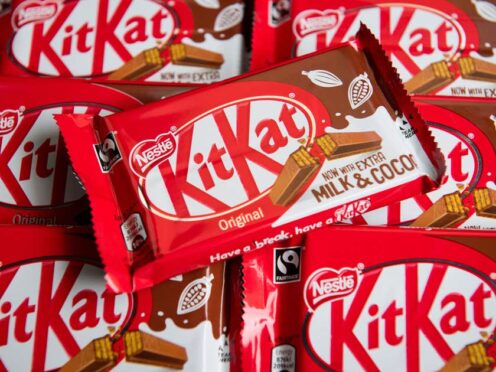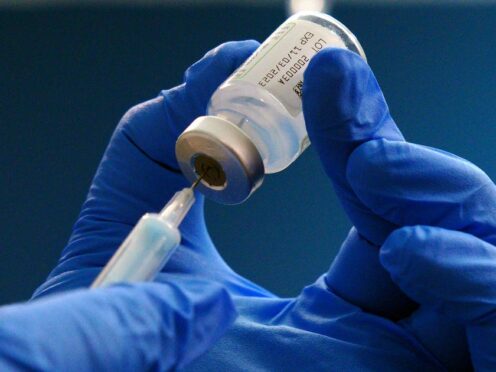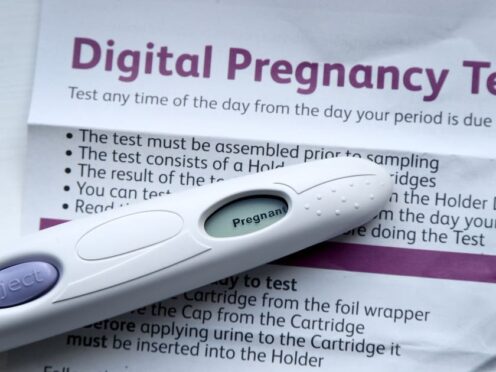Thanks to lots of exciting new research and the rise of prebiotics, gut health has become a hot topic, and something many of us are starting to invest more time and money into – but with so much conflicting advice out there, it can be difficult to know what to believe.
Here, Dmitry Alexeev, from personalised health technology company Atlas Biomed, helps sort through six of the most unhelpful misconceptions around gut health.
ALL BACTERIA’S BAD FOR YOU
Many of us fear bacteria because we associate them with disease-causing pathogens.
But Alexeev explains that our body has its own army of friendly bacteria called the microbiome: trillions of microbes that hang out on your skin, your gastrointestinal and urogenital tracts.
Your gut microbiome helps regulate your metabolism, break down food and protect the body against harmful infections, along with a host of other important functions – we couldn’t really live without it.
“A huge number of them (gut bacteria) reside in our small and large intestines – the latter is particularly dark and damp, kind of like a rainforest,” says Alexeev.
“We have a ‘you scratch my back and I’ll scratch yours’ relationship with our good microbes: they serve on the frontline when it comes to infection, helping our immune system distinguish good guys from bad, and they help us break down complex foods for nutrients.
“In return, they get a free meal ticket – so long as we eat a healthy diet. Everyone benefits.”
HEALTHY EATING JUST MEANS KEEPING TRACK OF CALORIES, SUGAR AND FAT INTAKE
You’re not just eating for one, you’re eating for billions.
That ham sandwich you had for lunch may tick the boxes when it comes to calories, but meanwhile the microbes in your gut are starving.
“Think about it: a piece of white bread has been processed so that it can sit on the store shelf without going stale,” says Alexeev.
“That same processing means it’s very easy for your body to break it down.
“It’s counter-intuitive, but being able to break food down easily is not necessarily a good thing: that bread won’t make it far in your intestinal tract before it’s pulverised and absorbed for all the nutrients it has, which aren’t a lot.
“There is nothing left for your microbes, most of which are hanging out further down in your large intestine.”
While added sugar and certain kinds of fat are bad for you in large amounts, Alexeev believes we should be focusing on what’s good for us: “We need foods that are complex and difficult for our body to break down, so that our microbes have something to eat.”
IF YOU’RE SKINNY, YOU’RE HEALTHY
“Also not true,” says Alexeev. “You can have a high BMI and be healthy, and you can have a low BMI and have major issues with microbiome nutrition.
“We’re discovering that the microbiome has all sorts of implications for other diseases: diabetes, metabolic dysfunction, cardiovascular and bowel diseases.
“An unbalanced microbiome is often marked by low-grade inflammation that characterises many of these diseases-so while other factors, from your environment to genetics, play a role, gut inflammation is a particularly influential factor. Whilst we’re still untangling how the microbiome is linked to disease, what we do know for sure is that individuals with these diseases have abnormal, less diverse microbiomes.”
TAKING PROBIOTICS IS THE BEST THING YOU CAN DO FOR GUT HEALTH
Probiotic drinks are marketed as a cure for a cocktail of health issues, but Alexeev says “they certainly aren’t that. When you eat probiotics, you’re not actually feeding your microbiome: first of all, probiotics themselves need external support, like dietary fibre, to survive.
“Secondly, probiotic creatures need comprise less than 1% of your microbiome, while the rest of it is starving without extra fibre,” he adds.
While probiotics – the live bacteria found in yogurt and other fermented products – are good for you, Alexeev says it depends on what your problem is.
“If you’ve just taken antibiotics or have had other damage to your gut, it’s important to restore your microbiome, and probiotics are a good way to do that.
“However, while we would all love a magic pill for gut health, the best way for now is the old fashioned way: veggies, fruits, and whole grains.”
I CAN ONLY GET VITAMINS FROM FOOD AND TABLETS
Our bodies need a range of vitamins in order to keep everything functioning.
While you can get them from supplements or food, you might be surprised to hear that many vitamins are also produced by the microbes in your gut.
“We are just learning about the differences between the ways vitamins consumed orally and those produced in our gut are absorbed, but we are certain that some vitamin groups – for example, many B vitamins – can be obtained via our microbes,” says Alexeev.
“Another interesting discovery has been an important one for the elderly: as you age, it becomes harder for you to absorb calcium and vitamin D, which leads to decreased bone strength.
“We are now learning that we can increase absorption of calcium in the gut by tackling the microbiome with prebiotics like inulin.”
YOUR STOMACH ONLY GROWLS BECAUSE YOU’RE HUNGRY
When your tummy embarrassingly rumbles in a work meeting, it’s not necessarily because it’s crying out for food.
“That noise is actually coming from the small intestine,” says Alexeev.
“If there is a significant break between meals, the small intestine likes to do some cleaning up and flush the leftovers of your meal further down the intestinal tract.
“You can’t always hear your small intestine doing this, and when you do it’s often because a lot of air has accumulated there as well.”

